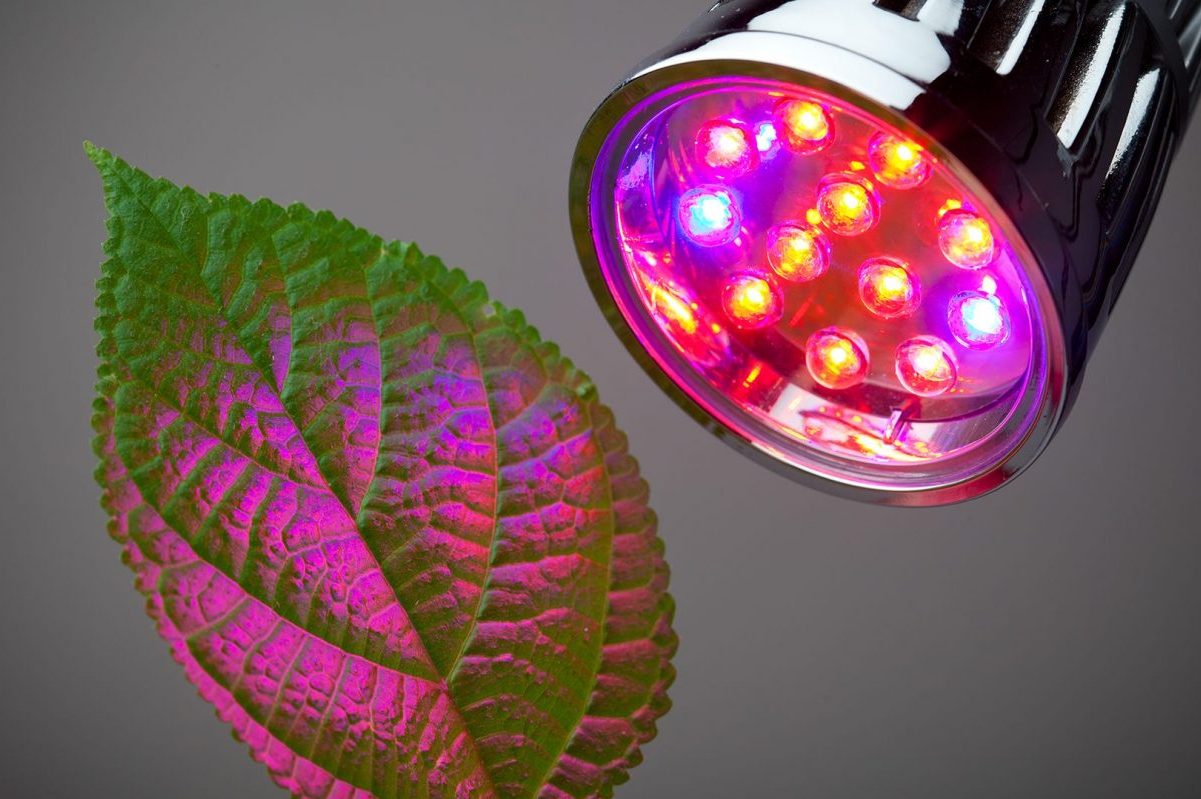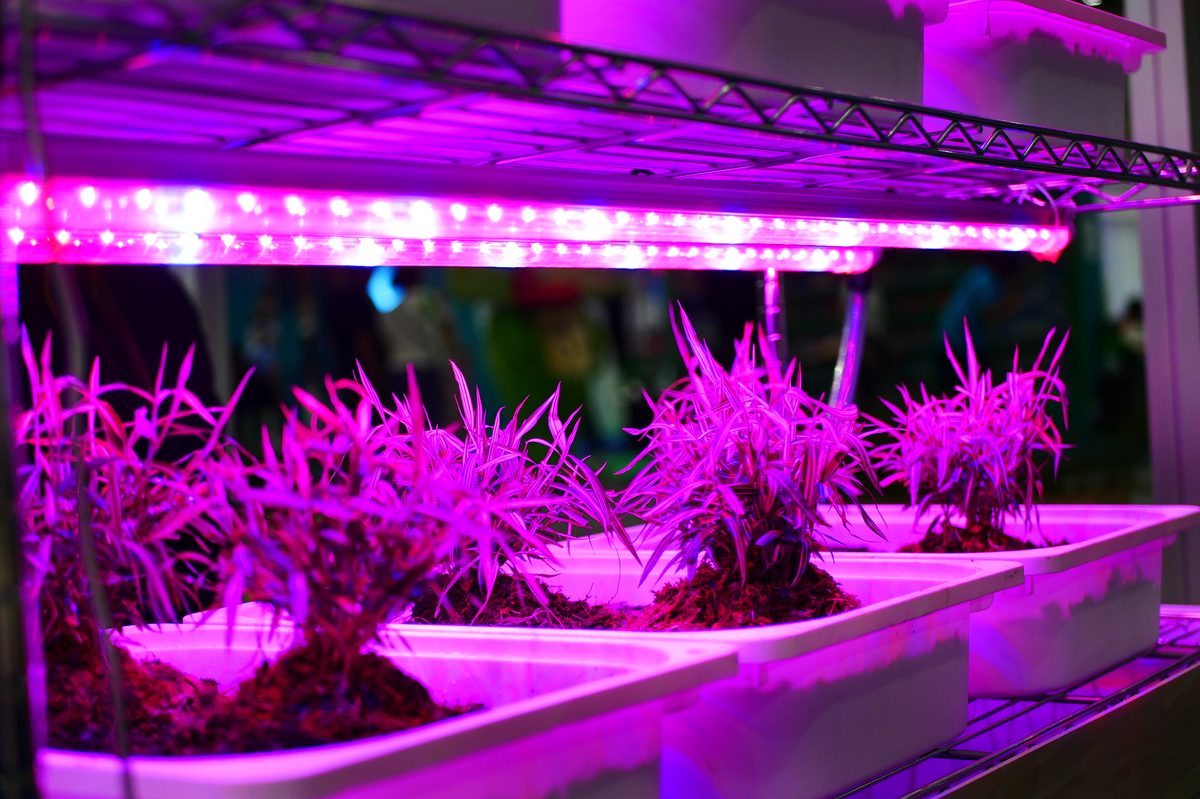There is no denying that lights make our lives beautiful and contemporary existence possible. Lights take on additional significance for individuals who operate in the hydroponic agricultural industry.
Plants cannot grow in the absence of enough illumination. And because various plants have varying light requirements, understanding how hydroponic lights work is critical.
Plants Grow Lights
The lamps used in hydroponic agriculture are not ordinary soft whites. Instead, hydroponic plants require to grow lights to thrive well. Unlike normal bulbs, grow lights provide diverse light spectrum ranges to more nearly simulate natural daylight.
Most grow lights, moreover, may be controlled, allowing you to simulate natural light levels. They utilize less energy, which is beneficial when you have enough of them to power a full indoor farm.
The other unique spec of hydroponic grow lights is that they are made to be cold to the touch, so they will not burn delicate leaves if they come into contact with them.

As previously said, different varieties of plants have distinct illumination requirements. Plant requirements vary based on the development cycle; thus, it is essential to conduct a study and configure your hydroponic lights correctly.
Many hydroponic plants are classified as long-day vegetation and fall into the romaine group. These require up to 18 hours of sunshine each day to replicate the natural lighting levels observed throughout the summer months.
Short-day plants are those that normally blossom in the spring season. Berries, broccoli, and gardenias are among them. To provide the optimal plant development circumstances, they should get no more than 12 hours of light every day. Finally, day-neutral plants, such as tomatoes or eggplant, are the easiest to care for since they can flourish in almost any lighting environment.
Drawbacks of Hydroponic Lighting
While hydroponic lighting does well in modern production, it comes with some disadvantages. While outdoor growers are fueled by the sun, indoor growers use grow lights that utilize energy from burning fossil fuels. This can be an issue as it depletes natural resources and leads to global climate change.
Luckily, here at Home Grown Farm, we utilize solar lighting as the chief lighting source. We then supplement the lighting with LED grow lights.

